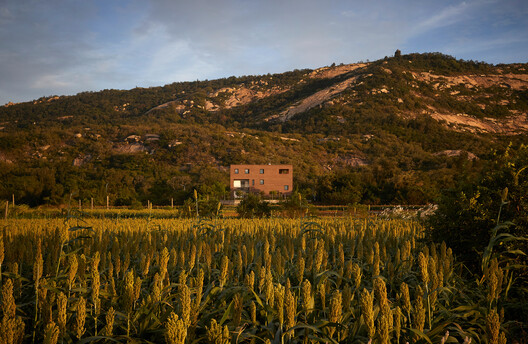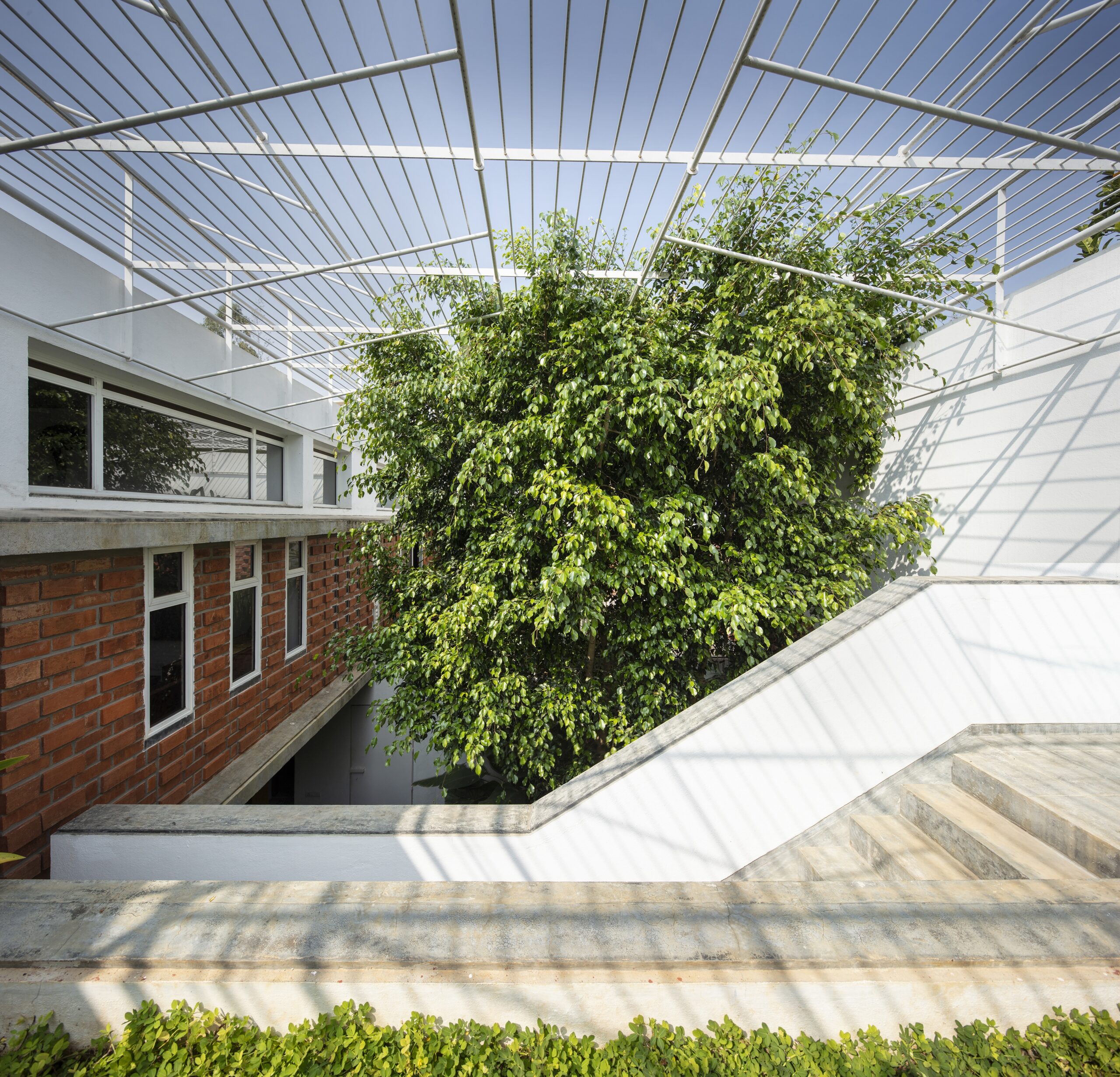Beyond the Metropolis: Strategies for Residential Projects in the Taiwanese Countryside

 The Bricks House by HGE Architect contrasting with Mt. Taiwu in the background. Image © Sebastien Veronese
The Bricks House by HGE Architect contrasting with Mt. Taiwu in the background. Image © Sebastien Veronese
The island of Taiwan presents a varied natural and topographical context, characterized by a land area of 36,197 square kilometers and a high population density of 644 people per square kilometer. Its geological location, situated on the edges of the Eurasian and Philippine Sea plates, has resulted in a predominantly mountainous and rugged topography. While this forces the majority of the 23 million residents to inhabit large urban centers on the western coastal plains, the island maintains an active agricultural sector, with approximately 22% of its land allocated to farming.




















































